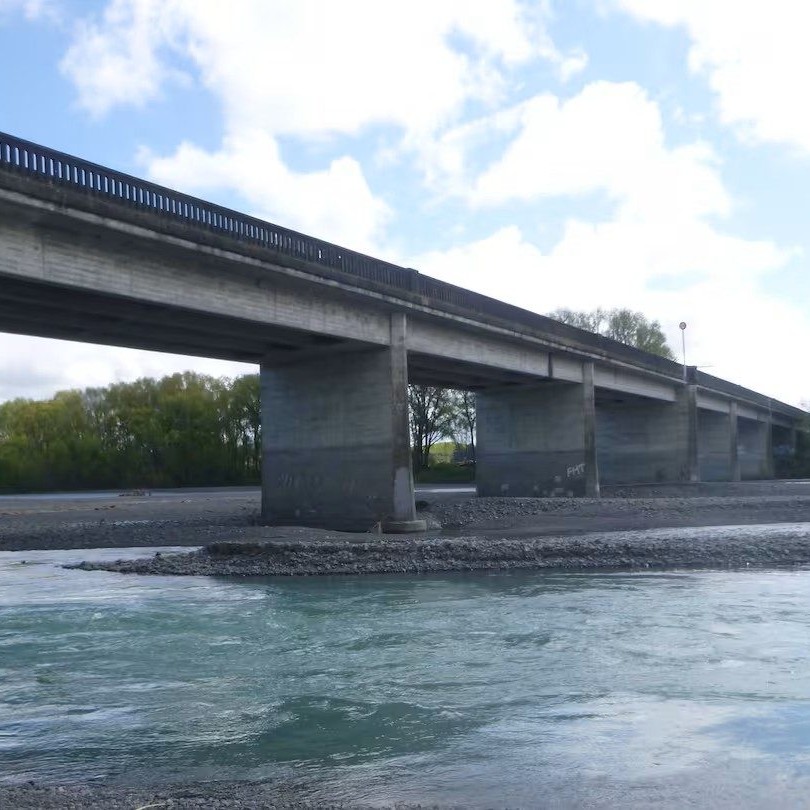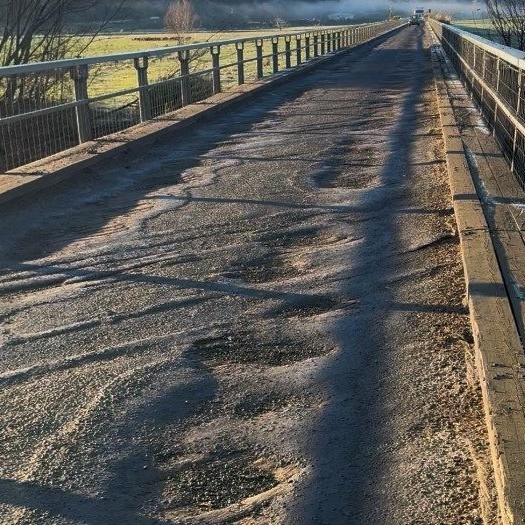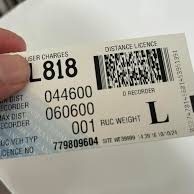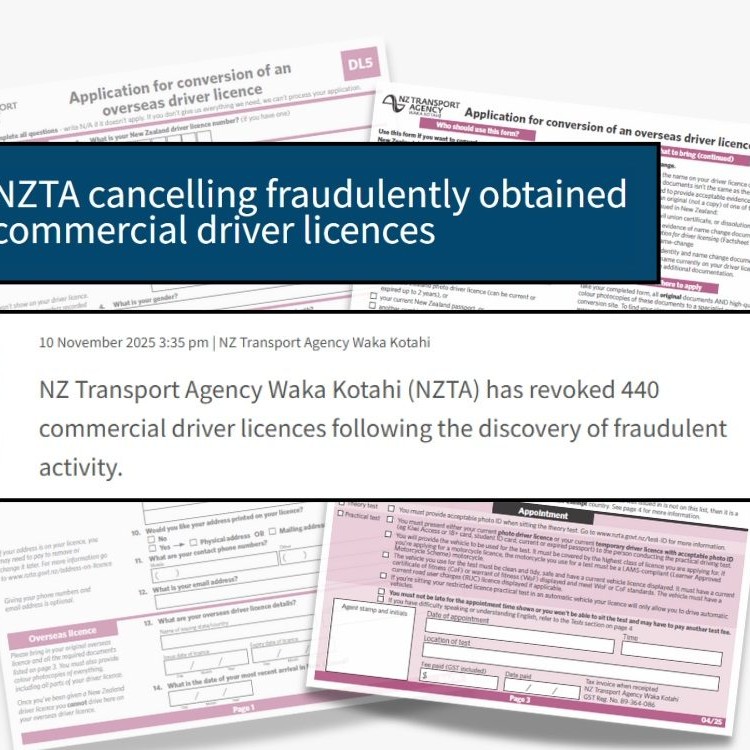
Transporting New Zealand is endorsing proposals from the NZ Transport Agency (NZTA) to reduce the Warrant of Fitness (WoF) frequency for light vehicles, and the CoF A frequency for late-model rental vehicles.
NZTA is currently consulting on reducing the inspection frequency, as well as expanding the scope of the inspection to include checking that Advanced Driver Assistance Systems (ADAS) are working.
“While heavy vehicles are our members’ bread and butter, many also have light vehicles in their fleet,” says Transporting New Zealand Policy & Advocacy Advisor Mark Stockdale. Transporting New Zealand also represents 70 light-vehicle transport companies including trade firms, as part of its membership of over 1,000 transport operators.
“These proposals bring New Zealand more into line with common practice in many other countries, where inspecting vehicles only once every two years is the norm.”
NZTA is proposing that new light vehicles would have their first WoF issued for 4 years (currently 3), while vehicles aged 4-10 years would only require a WoF every two years (currently annual). All light vehicles aged over 10 years would be tested annually, whereas currently only those built from the year 2000-on are, with everything else 6-monthly (except vehicles aged over 40 which are now annual, which was only introduced in September). In addition, light rental vehicles aged under 5 years will only require an annual CoF A inspection (currently 6-monthly).
“New Zealand has the most frequent vehicle safety inspection frequency in the world, with older light vehicles required to be tested as often as every six months,” Stockdale says. “Our closest neighbour, Australia, doesn’t even have a periodic inspection in most states, and neither does Canada. But despite our frequent testing regime, New Zealand’s road toll isn’t any better than those countries with lesser – or no – inspections,” Stockdale adds.
Transporting New Zealand says road crash data shows that vehicle defects are a very small contributing factor to crashes, and NZTA analysis concludes that the cost of our frequent inspection regime outweighs the safety benefits. The consultation document concludes that these changes would benefit 1.6 million light vehicle owners and reduce compliance costs by between $1.6-2.6 billion over a 28-year period.
“These are common sense productivity changes that catches New Zealand up to the rest of the world and will save time and money for businesses and motorists,” Stockdale concluded.
For further information, contact:
Mark Stockdale, Policy & Advocacy Advisor, Ia Ara Aotearoa Transporting New Zealand, 021 434 097or email mark@transporting.nz





